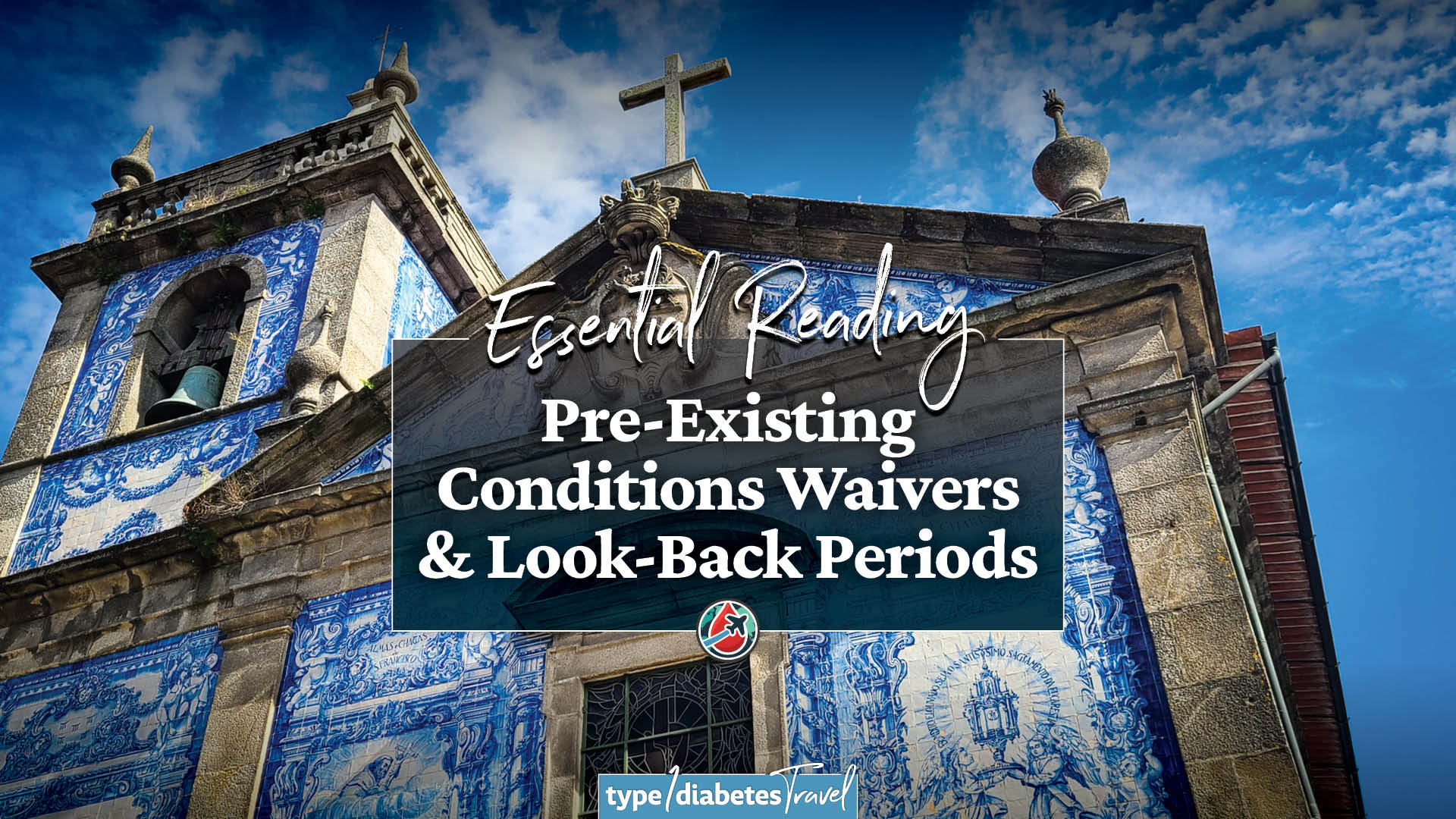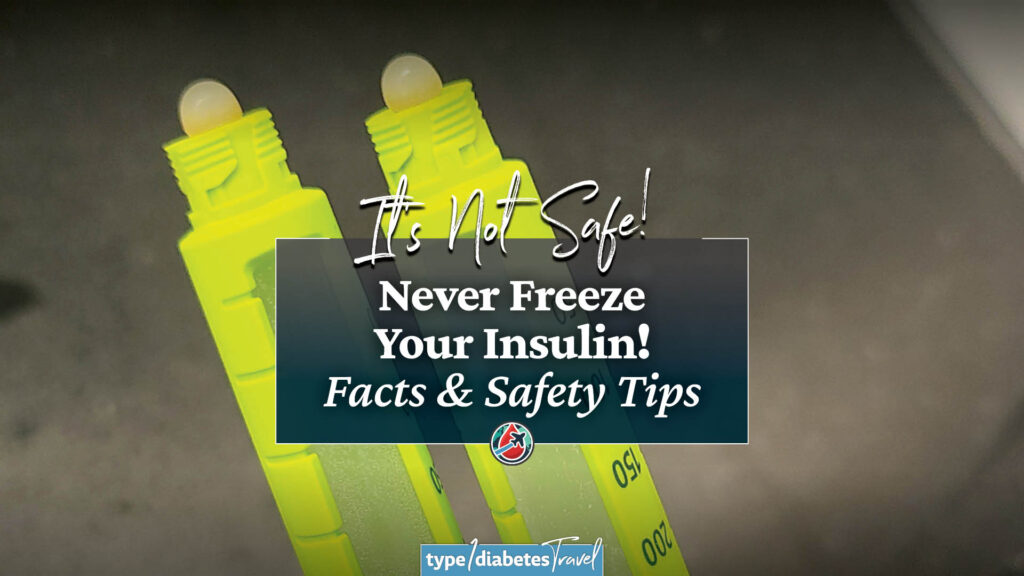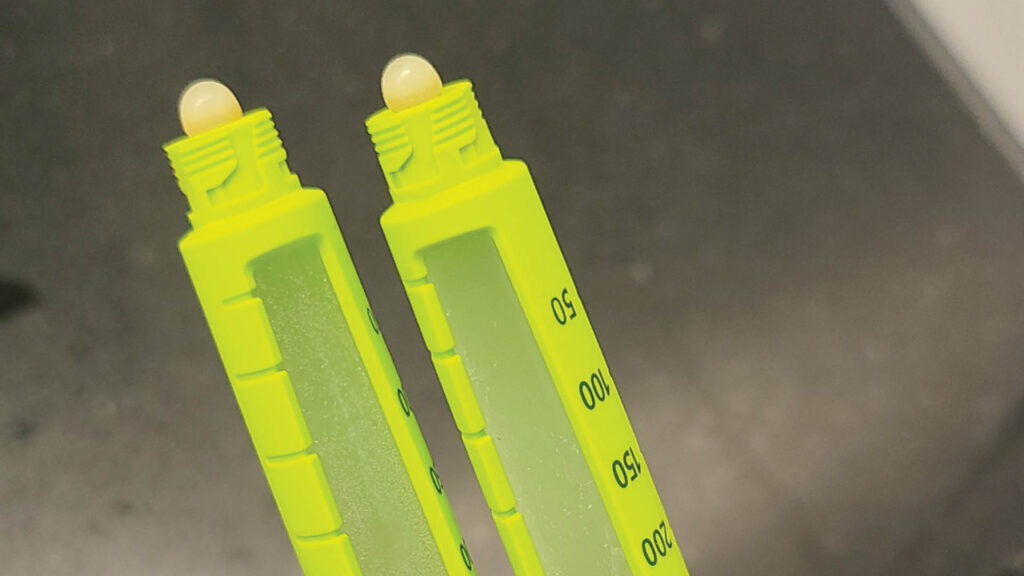What Are Travel insurance Pre-Existing Conditions Waivers & Look Back Periods
Understanding Pre-Existing Condition Waivers and Look-Back Periods in Travel Insurance
If you’re looking into travel medical insurance and trying to figure out how your pre-existing condition (like type 1 diabetes) factors into coverage, you’ve probably stumbled across terms like pre-existing condition waiver and look-back period. These can make or break your ability to get coverage for a medical emergency abroad, so let’s break them down in simple terms.
Very importantly, a pre-existing condition exclusion is a clause in a travel medical insurance policy that excludes coverage for any medical conditions that existed before the policy start date. This means that if you have a chronic condition, recent diagnosis, or ongoing treatment, the insurer may deny claims related to that condition while you’re traveling.
To avoid this exclusion, travelers with chronic conditions like type 1 diabetes should look for policies that offer pre-existing condition waivers, which allow coverage if certain requirements are met.
Sign Up Now For New Travel Tips & Inspiration
This site participates in the Amazon Services LLC Associates Program and other affiliate programs and may earn from qualifying purchases.
DISCLAIMER: Always consult a healthcare professional before making any medical decisions. The information on this website should not be used as a substitute for professional medical care or advice. It provides general information and does not make any warranties about the completeness, reliability, or accuracy of this information. Type 1 diabetes travel will not be liable for any losses and/or damages in connection with the use of this website.
What Is a Travel Insurance Pre-Existing Condition Waiver?
A pre-existing condition waiver is what you want if you have a chronic condition but still want to be covered while traveling. This waiver overrides the look-back period and ensures that your condition won’t be automatically excluded—if you meet the requirements.
How to qualify for a pre-existing condition waiver:
Most travel insurance companies will grant a waiver if you:
- Buy your insurance shortly after booking your trip (typically within 14–21 days of your first payment).
- Are medically stable and medically able to travel at the time of purchase (meaning no recent hospitalizations, major medication changes, or worsening symptoms).
- Insure the full cost of your trip (if your policy includes trip cancellation/interruption coverage).
This means if you snag insurance early, while your condition is stable, you can get coverage for emergency medical needs related to your condition—without worrying about the look-back period.
My Experience With Look-Back Periods & Pre-Existing Condition Waivers
Some insurers clearly state their waiver policies, while others bury the details deep in the fine print. But even if a policy states that it covers pre-existing conditions (with a look-back period), I still called to confirm whether I needed a separate waiver. It’s just safer this way and more peace-of-mind.
Some policies might not mention pre-existing conditions at all, yet they could still cover them if you meet their waiver requirements. Others straight-up refuse to cover pre-existing conditions. If that’s the case? Move on and find another provider, since there are lots of options. And don’t worry, once you finally find a provider you’re comfortable with, there should be less leg-work for you the next time you need a policy!
What Is a Travel Insurance Look-Back Period?
A look-back period is the window of time before your trip that an insurance company checks to determine whether your pre-existing medical condition was “stable.” If your health record during this look-back period shows red flags—such as a medication change, a new diagnosis, a hospital visit, or worsening symptoms—the insurer might deny coverage for any medical claims related to that condition.
Key things to know about insurance look-back periods:
- Look-back periods typically range from 60 to 180 days before your policy starts.
- If your condition was stable during this time (no major changes or treatments), you may be covered.
- Recent medication adjustments, hospitalizations, or new symptoms could result in a denied claim.
- Non-related claims (like a broken leg) won’t be affected by this rule.
For example, if your travel insurance policy has a 90-day look-back period and your prescription dosages or insulin dosage was changed 30 days before your trip, this could be considered “instable” and therefore your diabetes could be excluded from coverage.
Review Policy Documents Before Purchasing A Policy
Most travel medical insurance providers allow you to download and review their full policy documents before paying for your policy. This is important for understanding exactly how pre-existing conditions, look-back periods, and waivers are handled for each specific travel medical insurance company.
How to Find and Review Travel Insurance Policy Documents:
- Check the insurer’s website – Look for sections like “Plan Details” or “Terms & Conditions.”
- Use travel insurance comparison sites – Websites that review policies form multiple providers often include downloadable PDFs for comparison.
- Search for key terms – Scan the document for words like “pre-existing conditions,” “look-back period,” or “waiver eligibility.”
- Contact the provider directly – If you can’t find the policy details online, call and request a copy.
- Don’t be afraid to call the company and ask questions! There is always a representative to call to discuss details prior to purchasing. Don’t be afraid to pick up the phone!
Reading the fine print before you buy ensures that you fully understand your coverage—so there are no surprises if you need to file a claim.
Tips To Make Sure You’re Covered If You Need To File A Claim
Even if an travel insurance insurer doesn’t require extra proof, having backup documentation can help ensure a smoother claims process. Follow these steps:
- Obtain a letter from your doctors stating that your pre-existing medical condition is stable and you are medically fit to travel. This can serve as additional proof if needed.
- Purchase travel insurance as soon as possible after booking your trip to increase the chances of qualifying for a waiver. (This may not apply if you buy yearly travel medical insurance policies.)
- Carefully review policy details and contact the insurance provider directly to clarify any unclear terms.
- Select an insurer that explicitly includes pre-existing conditions in its coverage to avoid potential issues.
- Store all relevant insurance documents in an easily accessible place while traveling to streamline the claims process if needed.
Final Thoughts
If you have type 1 diabetes (or any other chronic condition), understanding how look-back periods and pre-existing condition waivers work is crucial when picking the right travel medical insurance. No waiver? Your insurer may check your medical history before approving a claim. Have a waiver? Your condition should be covered, assuming you met the requirements when purchasing the policy.
Best bet? Get insured early, confirm coverage directly with the provider, and carry backup documentation to avoid headaches if you need to file a claim.
Got questions? Always call the insurance company and get answers before you buy. The last thing you want is to be stuck in a foreign hospital fighting over fine print. And with that in mind, you should always consider an additional medical evacuation policy on top of your travel medical insurance.










